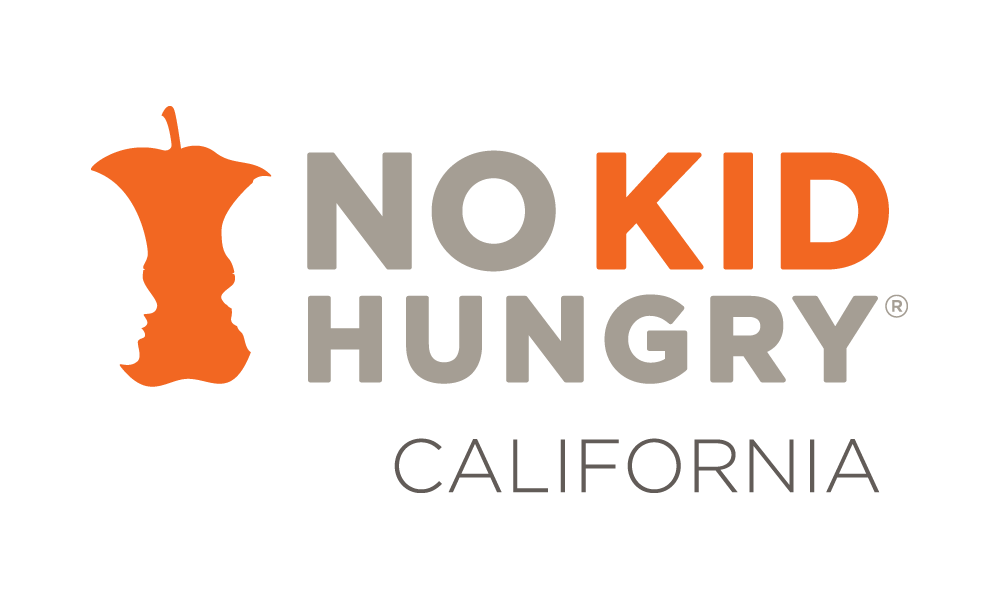The Powerful Effects of Eating Breakfast After the Bell: Breakfast in the Classroom
This National School Breakfast Week, we are highlighting the importance of the first meal of the day, particularly our partners who operate innovative Breakfast After the Bell (BAB) programs that have made a difference in the lives of children.
There are many ways to make breakfast part of the school day with BAB. Three BAB models have demonstrated the most success in boosting participation are Breakfast in the Classroom, Grab and Go to the Classroom, and Second Chance Breakfast. The key to each of these models is that breakfast is served during the school day, after the instructional bell, in a place where students are together.
Traditional school breakfast programs often operate too early for students to participate, bus or carpool schedules do not allow them to get to school on time. Other students end up skipping breakfast because they do want to be ostracized for having low-income or lose out on time socializing with their friends.
BAB programs can look different in each school, often incorporating elements of multiple models to effectively reach their scholars. Learn more about our partners who currently operate BAB models in their school, what led them to adopt the program, and the impact it has had on their community.




Huron Elementary School, Huron, California
Coalinga-Huron Unified School District, Fresno County
Grades: K-5 | Setting: Rural | Student Enrollment: 744 | Model: Breakfast in the Classroom
“Feeding children provides them a community where they can interact with each other in a positive way, while having their souls and their stomachs and their bodies nourished. And that communal eating, that communal kindness, and sharing in the classroom, that also teaches our kids to be great people.” -Lori Villanueva, Coalinga-Huron Unified Superintendent
At Huron Elementary School in California’s San Joaquin Valley, the breakfast in the classroom model became an integral part of the school day. Huron is a small town in Fresno County with a population that fluctuates between 5,000 and up to 15,000 depending on the harvest season. Being a rural agricultural community presents significant challenges for students to access a traditional school breakfast before the start of the school day.
“We have a lot of migrant families. Some parents are up and out and off to work by dusk or dawn to work in the field. Some parents just don’t have enough time in the morning. Or, we have students who are getting themselves and their siblings ready in the morning. Or they are eating meals on their own at home.” -Sophie Phin-Rizo, Huron Elementary School Principal
The BIC model works especially well in elementary schools but is easily adapted for all grade levels, helping students begin their day nourished and ready to learn. The BIC model has the highest potential in reaching 88 percent more students.
In this model, school nutrition professionals, led by Food Services Director Chris Kuchman pack nutritiously balanced breakfasts into coolers or insulated rolling bags and are picked up from the cafeteria by staff or students and delivered to the classrooms. On average, BIC takes 10-15 minutes. During this time, as students start their day calmly eating breakfast with their peers, teachers can use this time for social-emotional check-in’s.
Since launching BIC, the impact has been felt across Huron Elementary, whether it’s instruction and learning, behavior, and attendance. “We’ve seen an increase in attendance. We’ve seen a decrease in behavior. It impacts every aspect of school,” Principal Phin-Rizo said. At the district level, “Before, we had a traditional breakfast where they went into the cafeteria…I was only feeding maybe 10%-15% of our kids for breakfast. With BIC, over 90% of our children are eating breakfast now!” -Chris Kuchman.
The success of Huron Elementary School’s breakfast in the classroom program is attributed to clear and consistent communication, as well as the collective effort with teachers, custodial staff, parents, and students. We are honored to collaborate with deeply passionate hunger heroes at Coalinga-Huron Unified to ensure all kids have the opportunity to achieve their dreams.


Last Reviewed: February 13, 2024



